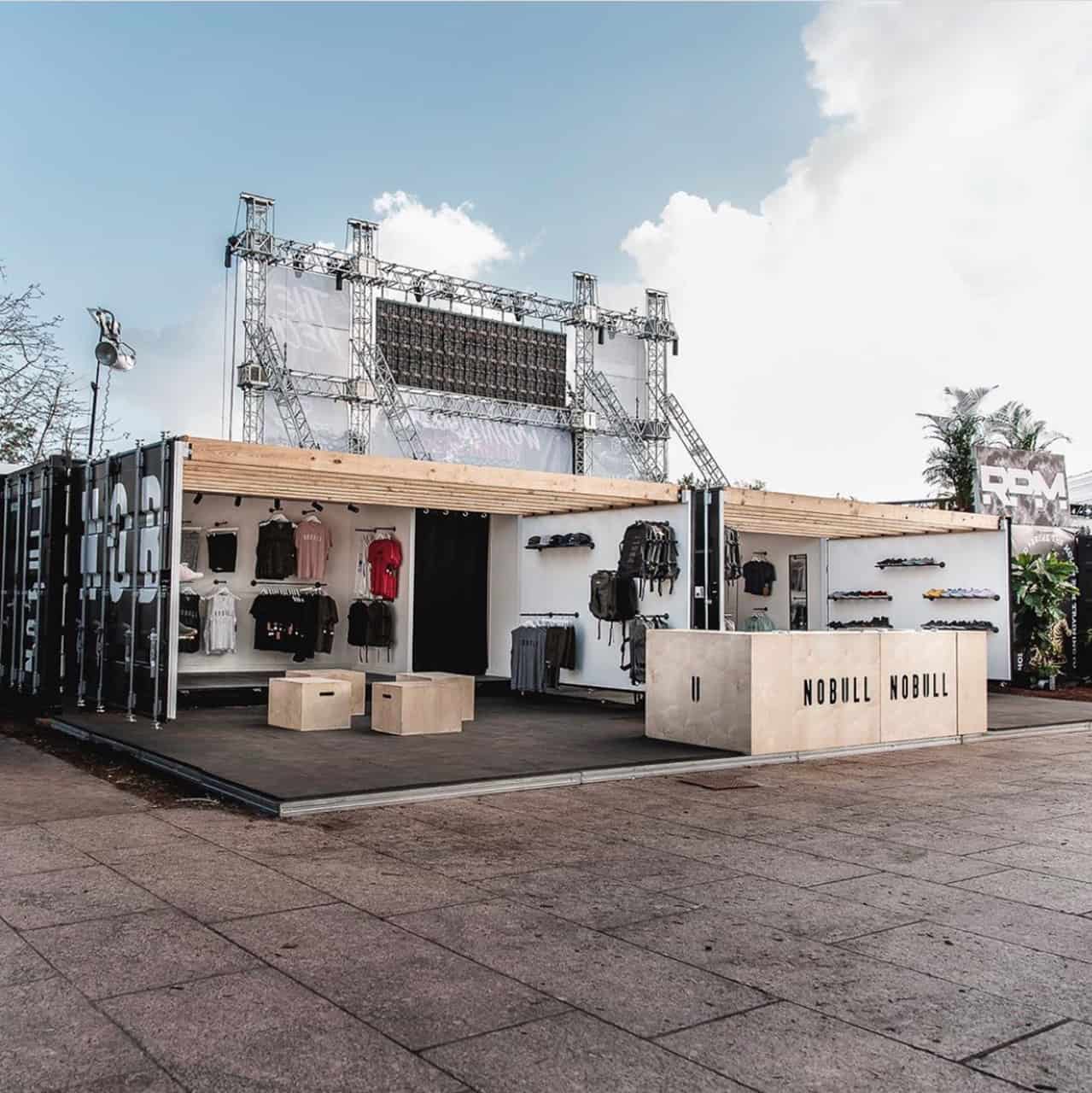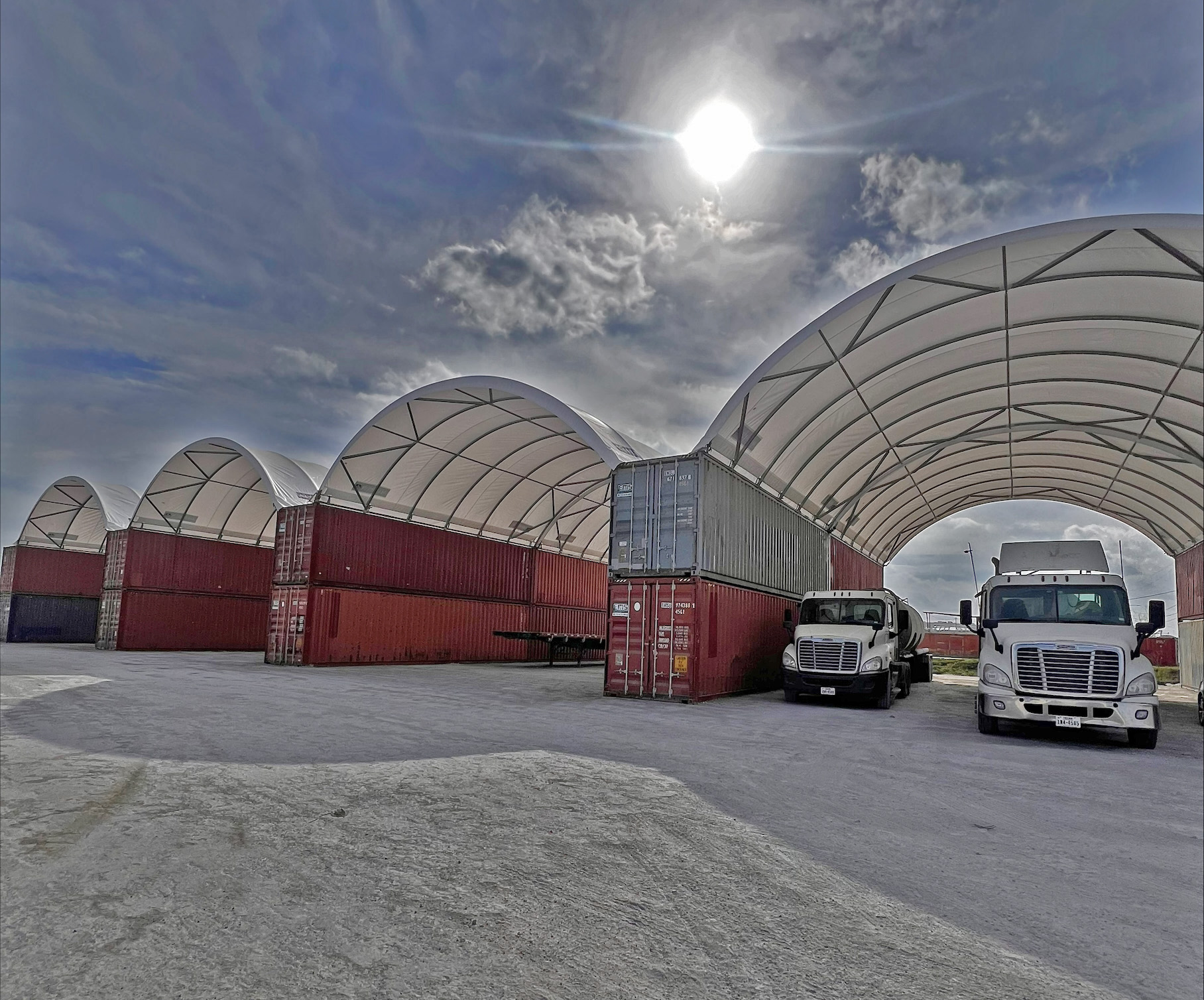Custom shipping containers from Texas are built for all sorts of uses. These metal boxes are now being repurposed into homes, schools, offices, restaurants, and so many other structures. Although some of these repurposed containers are mobile, many are permanent structures that require a good and sturdy foundation. Without the right foundation as support, even the best designed and carefully constructed modified shipping containers can fall apart in no time.

Factors to Consider When Choosing a Foundation Type
Before having the newly modified cargo containers delivered to your property, determine first the type of foundation required for your desired structure. These are several important factors you should consider to narrow down your options:
- Total weight of the modified container
- Average daily foot traffic
- Nature and type of soil in the area
- Local building laws such as permits for drainage and sanitation
- Climate and weather of the region
- Budget for materials and cost of labor
Upon looking into these factors and gathering all the necessary data and permits for construction, the correct type of foundation for the project can be chosen. These are the most common types used today:
- Concrete Piers
This type of foundation is one of the cheapest and easiest types. Basically, it is made from cubes of concrete with a form of steel material inside for reinforcement. The steel reinforcement can be in the form of a bar or in a steel wire mesh. The concrete pier foundation also lifts the modified containers off the ground which gives it proper ventilation. This lessens condensation damage on the bottom of the container, preventing further structural damage.
A total of six piers are used for every container, one for each corner and two that supports the middle to prevent sagging. This type of foundation is best used for containers that are light and get a rest from human foot traffic like a restaurant or bar.
- Slab-On-Grade Foundation
Warm areas with softer soil like those near beaches are better off with a slab-on-grade foundation type. This is the most time consuming and expensive foundation, but it is also very structurally sound. A thick slab of concrete is poured on the ground to create an even slab that will not fall apart when the container is set on top.
It is very important to consider the soil type because this will affect the foundation in the long run. Softer soils will require the use of a wooden frame and expert assistance. It is best to consult with a contactor before pouring concrete to create a slab-on-grade foundation. This type is perfect for homes and schools made of shipping containers because the foundation reinforces the bottom of the box to prevent it from caving in, even with constant foot traffic.
- Wooden Beams
The wooden beam footing foundation type is a cheaper and more versatile choice compared to the concrete slabs. This foundation type can be used for every soil type in any location, plus it is easier to install than the others. Simple materials like high-quality treated wood beams or for those with extra budget railroad ties, and gravel or any type of loose stone.
For a single container, the beams are installed on the construction site’s four corners and the container directly is placed on top. In cases of pressure points that require extra reinforcement, more beams can be installed for added support. Then a gravel bed is created under the wooden beam foundation to help drain water and moisture which will prevent wood rot.
Be Smart and Avoid Damage
Not everything can be a DIY solution, especially when it comes to laying down foundation. Work with your shipping container supplier to see if they have any connections with contractors who can help you build a sturdy and strong foundation.
Sources:
Shipping Container Home: Foundation Types, ContainerHomePlans.org
The Secret to Laying Successful Foundations for Shipping Containers, GatewayContainerSales.com.au









